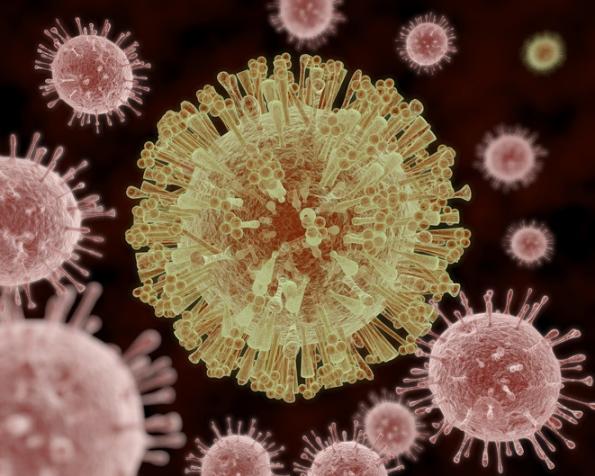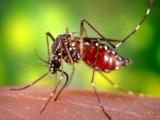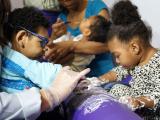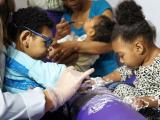In 2015, Puerto Rico reported at least 35,000 cases of Zika, the mosquito-borne disease that can cause devastating congenital birth defects, including microcephaly. This year, however, the territory has reported only 474 cases as of Jul 26, a mere drop in the proverbial bucket.
Researchers of flaviviruses, which cause vector-borne illnesses like dengue, chikungunya, and Zika, call this phenomenon "burn out." A virus tears through a novel population, infecting thousands, and then, after 1 to 2 years, newly diagnosed cases are a fraction of what was reported during the original outbreak.
Ben Beard, PhD, MS, with the Centers for Disease Control and Prevention's (CDC's) Division of Vector-borne Diseases, said that while Zika cases in the United States and its territories declined over the last year, the risk of the disease is far from over.
"We want people to know that the outbreak is going well from a numbers perspective, but fewer cases don't mean we are completely safe from Zika," Beard said.
Beard said that he, and others at the CDC, predict that Zika will look a lot like chikungunya in the coming year. 2014 was a huge year for chikungunya in tropical parts of the Americas, including Puerto Rico.
"Estimates from blood banks at that time show that 25% of Puerto Ricans were infected with chikungunya," said Beard. "By 2016, there were only 170 cases reported. It's similar to what we're seeing with Zika."
Essentially, Beard said, when 25% of a population has any virus, a natural herd immunity develops that protects others from the disease.
"If 25% of the population now has lifelong immunity, it makes it more difficult for a mosquito to transmit the disease," he said.
Warning to southwestern states
Beard said that although most US cases of Zika were seen in Florida during the initial 2016 outbreak, the threat for local transmission and travel-associated cases has now switched to Texas, Arizona, and California. That's because a lot of travel occurs between those states and Central Mexico, a region still experiencing ongoing Zika transmission that hasn't yet peaked.
"This risk of infected people moving to areas with naive mosquito populations, this year that's not Miami Beach; it's the Southwest," said Beard.
Last week, Texas reported its first case this year of locally transmitted Zika, in Hidalgo County. It is also the first local case in any US state this year.
New research on testing, public trust
In other Zika news, a new study in Clinical Infectious Diseases said that three simple serologic tests can distinguish secondary dengue from a Zika virus infection combined with a previous dengue infection. This distinction can be useful in monitoring Zika-affected pregnancies, the authors write. Cross-infection with more than one flavivirus has been posited as a cause of severe birth defects, including microcephaly.
Another study published last week in Science Communication showed that US citizens reported more trust in science after the media covered news of Zika vaccine developments. The study looked at popular reactions after the first human Zika vaccine trial launched in the United States in August of 2016. The news caused a spike in the public's trust in science that lasted for 2 weeks, but people said they paid more attention to news of the Zika virus for 6 weeks.
The study was based on participant's response in the Annenberg Science Knowledge (ASK) survey, a weekly national telephone survey of US adults.
See also:
Jul 26 CIDRAP News story "Texas reports first local Zika case of 2017"
Jul 29 Clin Infect Dis study
Jul 25 Sci Commun study




















